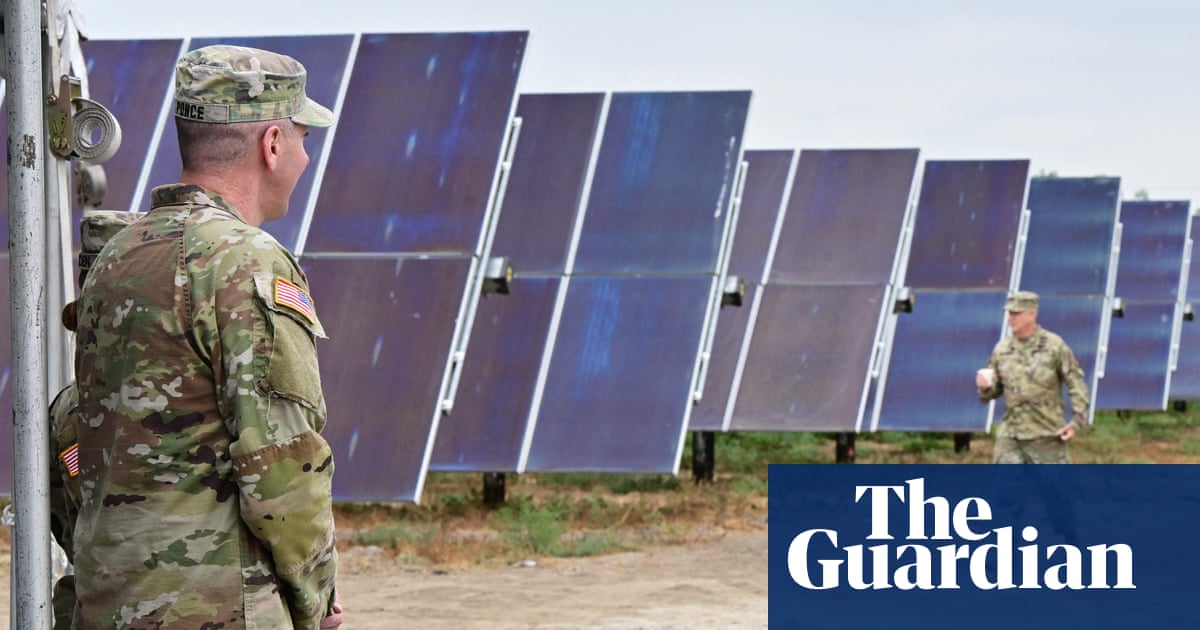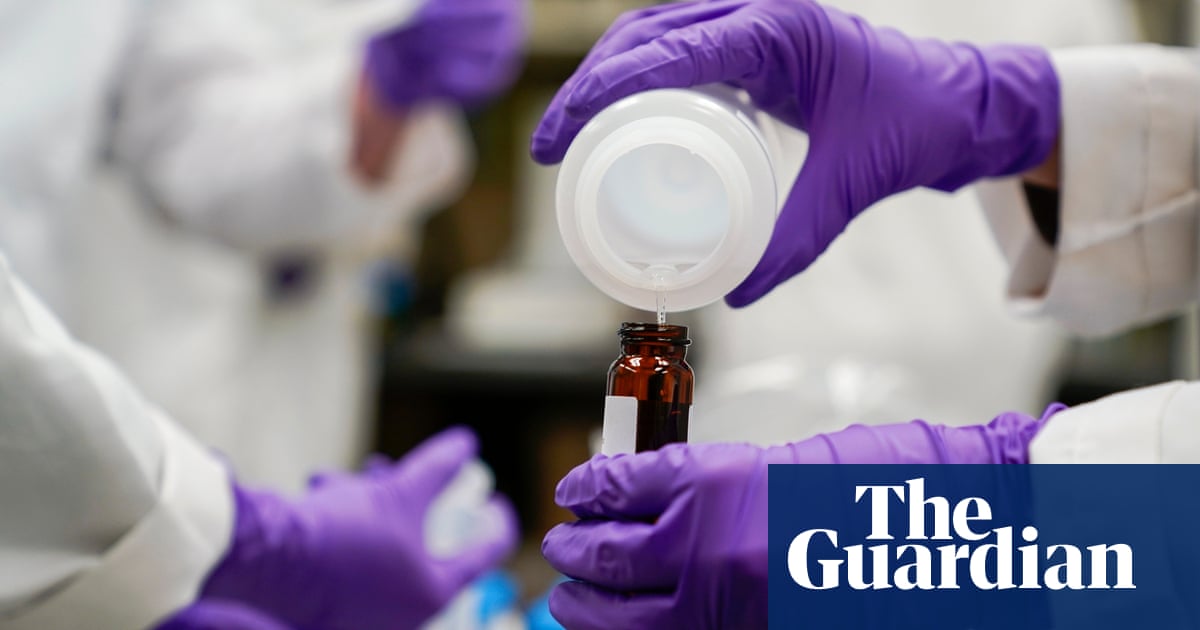
A new analysis of popular brand name products detected toxic PFAS “forever chemicals” in nearly 75% of items labeled stain- or water-resistant. The study’s authors say the companies are needlessly putting customers’ health at risk.
The findings highlight how the compounds are widely used in everyday products and clothing despite mounting evidence that the entire class of PFAS chemicals is associated with a range of serious health problems, and safer alternatives exist.
“When companies use PFAS to make products stain- or water-resistant, they are using chemicals that contaminate homes, drinking water, and breast milk with highly persistent chemicals,” said Erika Schreder, one of the study’s co-authors and science director of Toxic Free Future, a Seattle-based group that pressures brands to stop using the chemicals.
PFAS are a class of about 9,000 compounds most often used to make products water-, stain- and heat-resistant, and are called “forever chemicals” because they don’t naturally break down. They’re so effective that they’re used in thousands of applications across dozens of industries, but they’re also linked to cancer, decreased immunity, liver disease, kidney problems, birth defects and more.
The study analyzed a total of 60 products – including jackets, hiking pants, shirts, mattress pads, comforters, tablecloths and napkins – from large retailers including Amazon, Bed Bath & Beyond, Costco, Dick’s Sporting Goods, Kohl’s, Macy’s, REI, Target, TJX and Walmart.
PFAS were detected in 34 of 47 products that were labeled water- or stain-resistant, or a similar variation like “waterproof” or “water repellant”. Independent laboratories conducted the testing.
Among brand names that were found to use PFAS were jackets made by Alpine Design and Patagonia, or in partnership with Gore-Tex and Teflon. Jackets produced by Mammut and the North Face did not contain PFAS, though some of their products do.
The chemicals are applied as a surface treatment to create a barrier against stains and water, or are used to create a membrane that makes rain gear more “breathable”. As the barrier or membrane breaks down, the chemicals can end up in the air and inhaled, or on surfaces where they can be ingested.
“When you have these products indoors, depending on how many PFAS treated products you have, there will be high levels of PFAS in your indoor air,” Schreder said.
The chemicals also can also be absorbed through the skin and are a problem for workers in textile factories, where researchers have found high exposure rates, Schreder added.
The study also found 13 products that were labeled water- or stain-resistant but did not contain PFAS, which Schreder said highlights that alternatives are available. Some products use materials like polyurethane or polyester to help products resist water, while others have had success with paraffin wax. Sometimes companies will use different chemicals that they will claim as trade secrets and aren’t required to disclose.
Even among companies like outdoor brands Patagonia and REI, which tout their green credentials on their websites, PFAS are still commonly used. Brands that have resisted pressure to eliminate the chemicals from their products and supply chains often say they haven’t found alternatives that perform as well as PFAS, Schreder said.
“On the other hand, you can find plenty of information about companies that use alternatives and they find that the performance is excellent,” she added.
All products tested that were not labeled stain- or water-resistant were found to be PFAS-free. Most companies won’t say if they use PFAS, which they claim as a trade secret. Without accurate labeling, it’s nearly impossible for consumers to determine if a product contains PFAS, though they can call the company to inquire.
But the study stresses that it shouldn’t be up to consumers to determine if their clothing or home products are toxic.
“Retailers, manufacturers, and state and federal leaders each have a role to play to bring a swift end to this unnecessary use of PFAS,” the study states.












